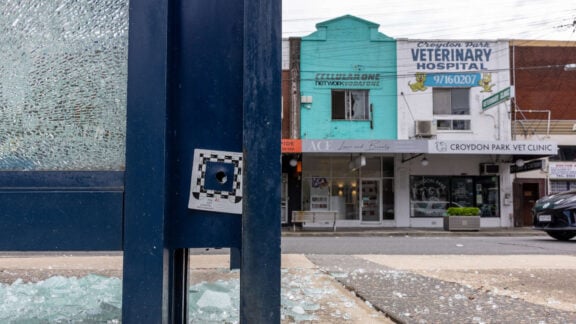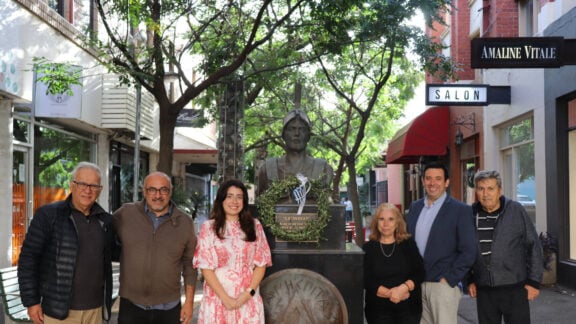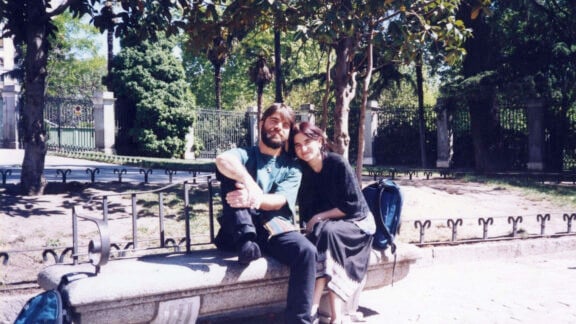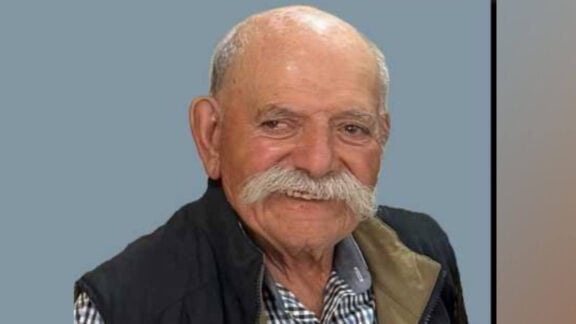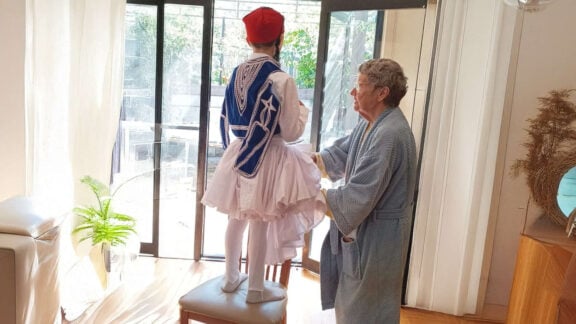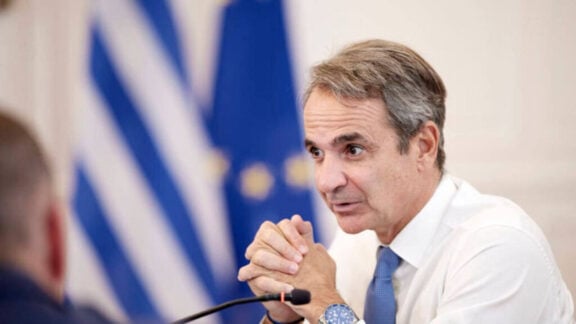The country faces a shortage of over 4000 teachers by 2025, while federal modelling predicts that over 50,000 teachers will depart the profession over the next three years.
Jason Clare – Federal Education Minister – hosted a meeting with his state counterparts last Friday to discuss the government’s paper on the national teacher shortage, that was released August 8.
Natalie Hutchins – the Victorian education minister – said the meeting was productive and that “powerful discussions” arose, where she “heard directly from the incredible teaching workforce”.
The Victorian education minister said she heard “how to better support teachers to do what they do best and retain and continue to build our workforce of talented, passionate educators”.
The NSW education minister, Sarah Ann Mitchell flagged the idea of performance pays to reward better teachers and help retain them.
Teachers’ unions call for immediate action
Angelo Gavrielatos – President of the NSW Teachers Federation – welcomed the national summit but was less effusive than the state ministers.
He congratulated Jason Clare for convening a “national roundtable on the teacher shortage”.
“Not so all the other ministers, because they have presided over an unprecedented crisis.”
“My advice to ministers, is to move beyond platitudes and to fix the underlying causes of the teacher shortage,” Gavrielatos told Neos Kosmos.
The shortage according to the teachers’ union president can be distilled to “uncompetitive salaries, and unsustainable workloads”.
The crisis was exacerbated by the global pandemic, but Covid “merely exposed endemic structural issues presided by governments over the last 10 years”.
He said teachers’ salaries declined “relative to other professions like accounting, and engineering”.
“Labour market economics dictate – if you want to attract more teachers and retain the ones you have it comes down to pay and conditions.”
Gavrielatos said that by 2027 NSW will require an extra 3,800 teachers, and by the end of the decade a further 15,000 teachers. In NSW Catholic education is facing a 15 per cent shortfall in teachers.
La Trobe University recently found that undergraduate degrees have an average 70 percent completion rate, while teaching degrees hit only 50 per cent average in completion rates.

“There is an exodus of experienced teachers and an ongoing decline of those entering initial teacher education,” Gavrielatos told Neos Kosmos.
He said that the idea of importing teachers from overseas – suggested by some governments is “just fanciful, the solutions need to be local”.
A UNESCO Institute for Statistics report estimates a global shortfall of 69 million teachers, to reach UNESCO 2030 education goals.
“We’ve got to get the foundation right,” Gavrielatos said.
“A teacher’s salary in NSW starts around $72,000, it tops out at around $108,000, even then the teacher is stuck with no career advancement, compared to other professions.”
“We must fix the teacher shortage right now, today.”
Independent schoolteachers are also under duress. David Brear – the Deputy General Secretary of the Independent Education Union for Victoria and Tasmania (IEU) told Neos Kosmos that the “current teacher supply crisis is attributable to a number of factors”.
“Pay is one issue but perhaps more significant is the crushing workload teachers deal with everyday, which is driving people out of the profession,” Brear told Neos Kosmos.
There are no “easy short-term solutions.”
“Teachers need more resources to deal with the increased complexity of the work they do, and they need more time to get this work done.”
“Teachers deserve better pay, but unless these other issues are fixed the root cause of the problem we now face, will remain,” the IEU’s (Vic and Tas.) deputy general secretary said.
Teachers call for less compliance and more teaching time
Neos Kosmos spoke to Melbourne teachers who asked to have their names withheld.
A teacher from a reputable Melbourne public school, with 35 years of experience, told Neos Kosmos that the promise that technology would lighten the workload has not eventuated.
“Once upon a time, I had a filing cabinet, with drawers, and files – now it’s all over the place. I’m using three different types of software day-to-day; it’s an over-complicated workspace.”
This teacher has 125 pupils and needs “to monitor the progress of these students in an ocean of data, to assess it, and be informed by it.”
“You drown in data and I’m not sure how meaningful some of it is.”
“Time is the bottom line, and we need less time spent on compliance work, and ticking boxes.”
Teachers now spend much time on compliance, and more demanding parents and deal with more complexity across student demographics.
Another language faculty head talked to Neos Kosmos, and contrasted the administrative demands required, with their impact on “what is best for the classroom”.
“A LOTE [Languages other than English] class should be 25 students max, and there are many more than that.”
“You can’t split the class because of costs, and you don’t want to deny kids the opportunity, so you just take them on regardless.”
New teachers find it hard and burn out fast. There is no time for advice from experienced teachers.
“There is no time to guide new teachers – as mentors we can’t afford to look after them – they’re thrown into the deep end, and many do not survive.”
The teachers also want governments to show more “confidence” in their abilities.
“We need to be trusted, not be measured against data, and metrics, much of it irrelevant, which is then used to make us justify ourselves.”
Another teacher identified as Ms K returned to secondary teaching after two decades in the tertiary sector.
When she left teaching a Diploma of Education was required to begin teaching, “not a master’s degree”.
“A master’s you’d go for after working for some years as a teacher – so you have to question the integrity of the qualification.”
Ms K’s career began when student teachers sat for a panel interview with the ministry of education. The successful applicants were either recommended, or highly recommended. Only then would they receive their full registration.
“Now they make that call while you’re teaching through an Initial Teacher Education (ITE) program and that’s a lot of pressure, so graduates must take on too much just to get their foot in the door.”
Beyond the afterglow of the summit
Minister Clare’s round table last Friday established the Commonwealth’s recognition of the weave of problems facing our education system.
State and federal governments will need to cough up money, much more. How much more, where does it come from, and who pays for what? Are sticky issues for the minister and the states.
The former federal Coalition government seemed unwilling to interfere in state education bureaucracies, regardless of their often bellicose culture war rhetoric.
On the other hand, teachers’ unions became focused on funding for public schools, at times avoiding the various other issues of Australia’s deteriorating education standards.
The Albanese government is pursuing a more conciliatory strategy and federal education minister, Jason Clare seems ready to deal with national teacher shortages. It’s a start.

